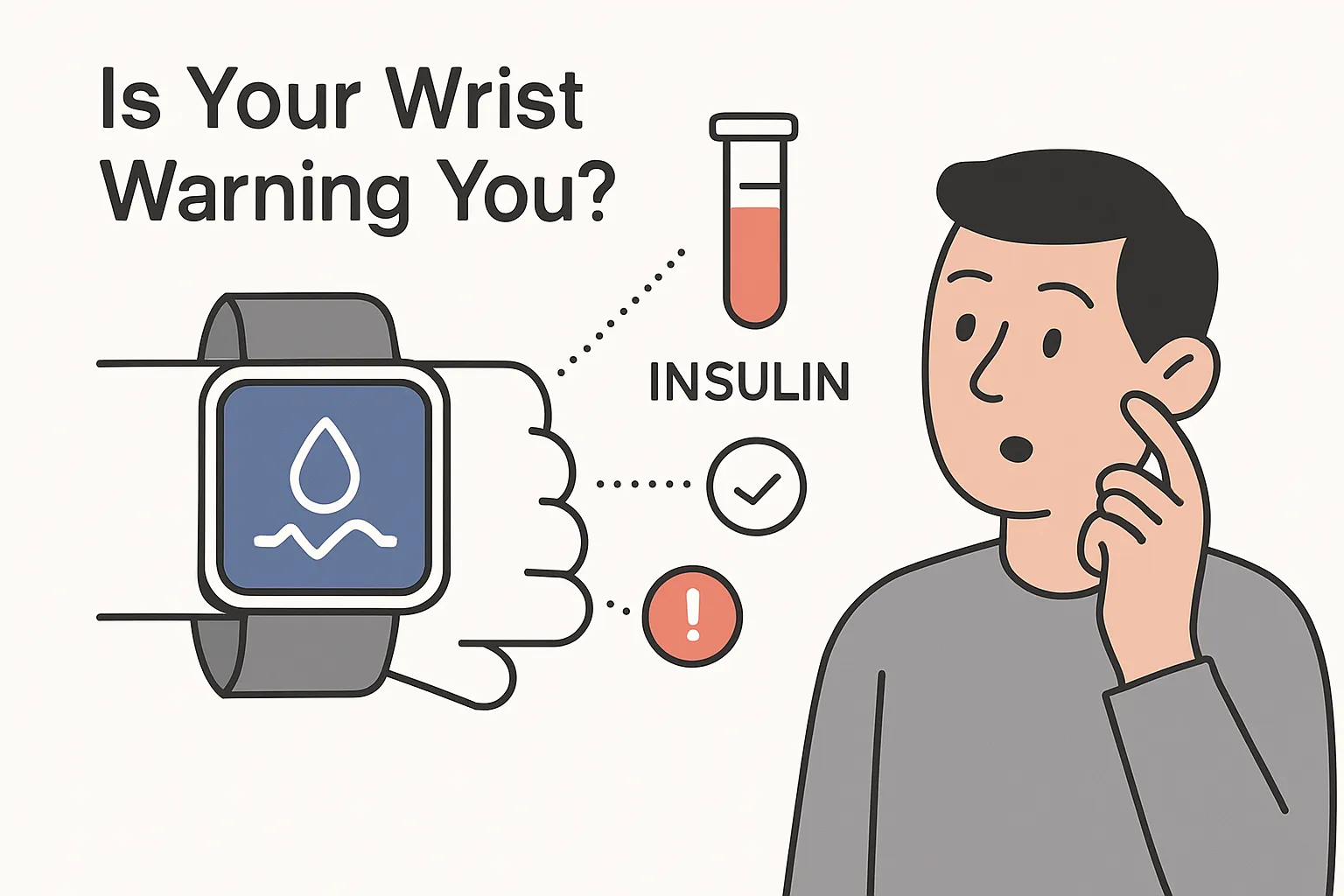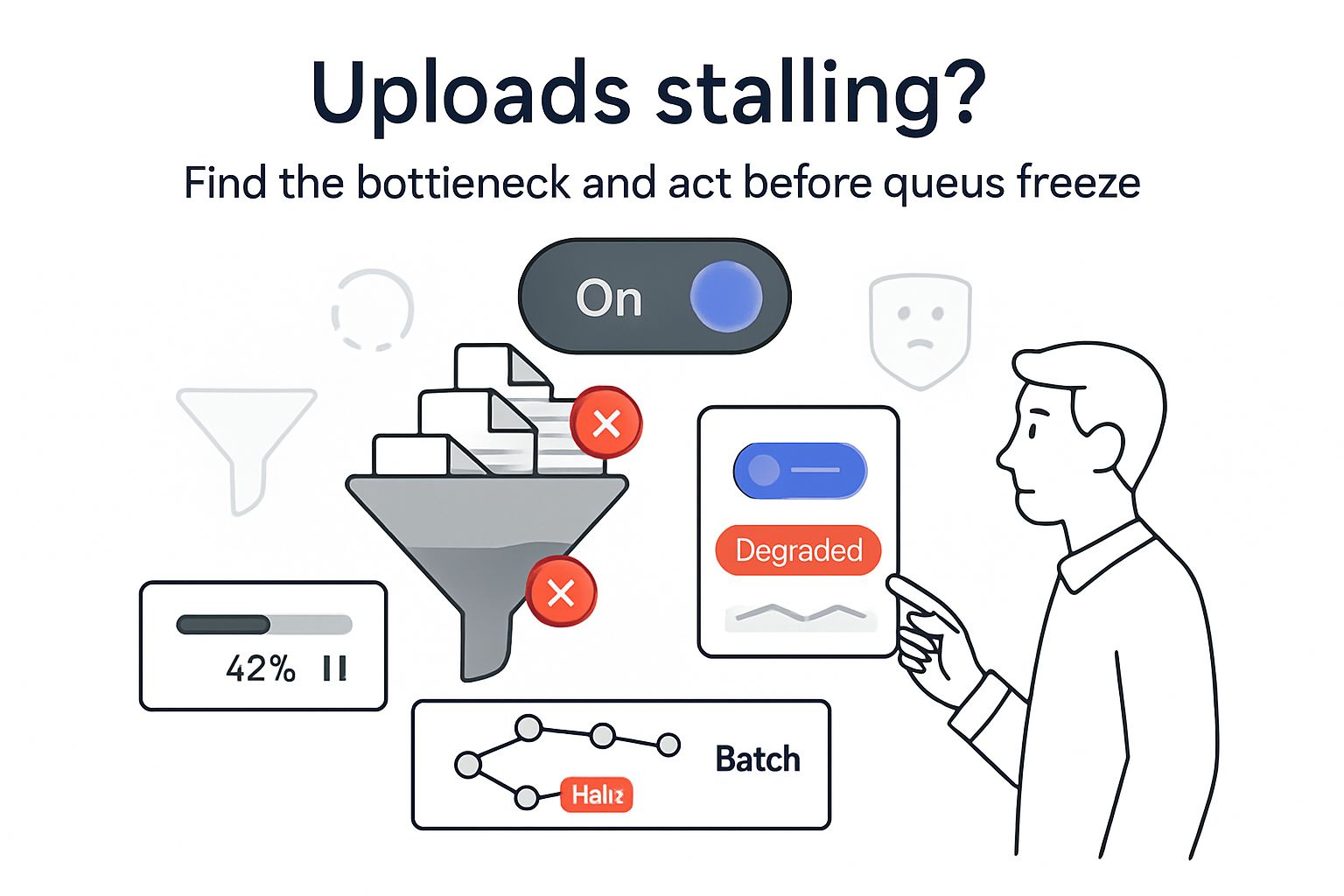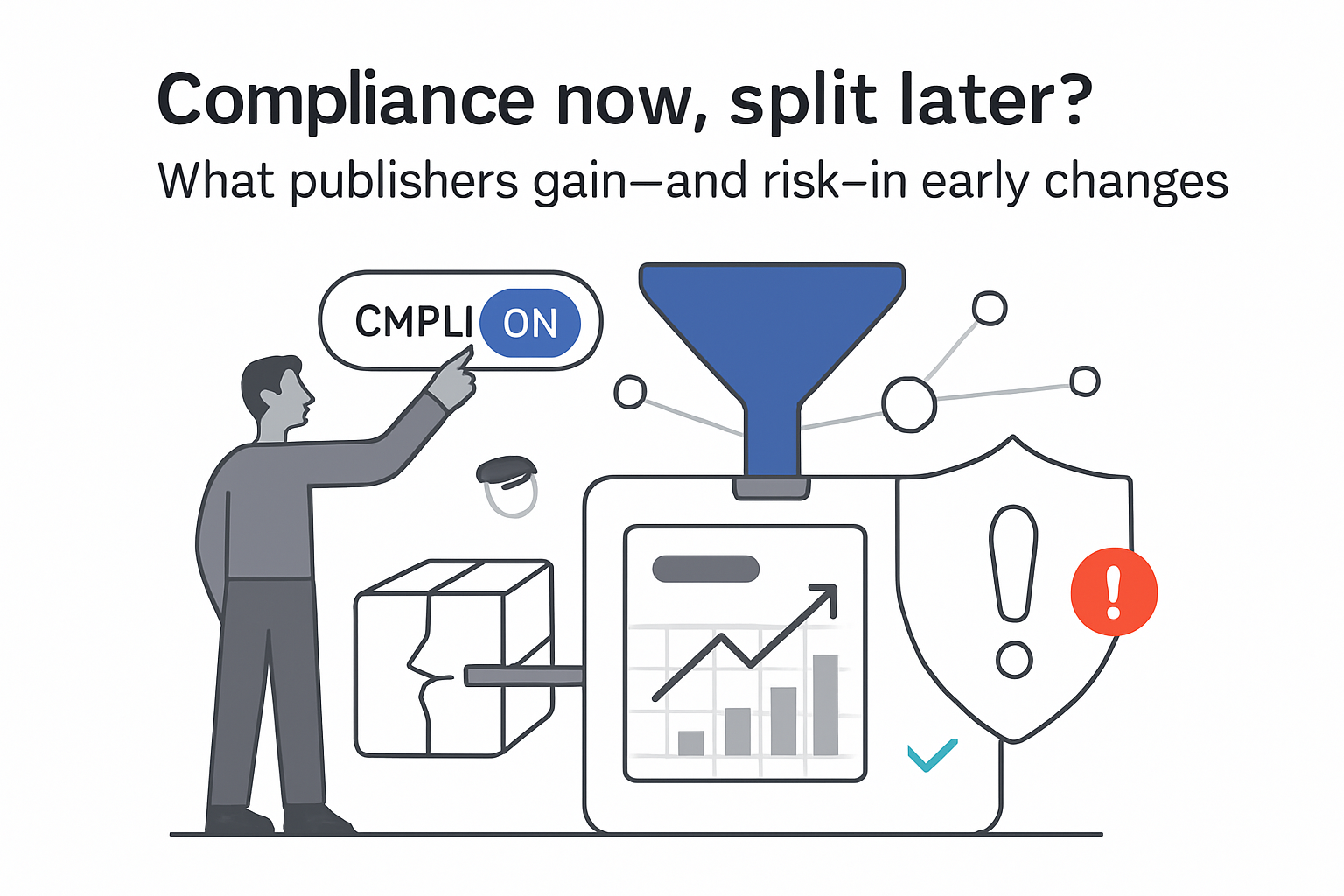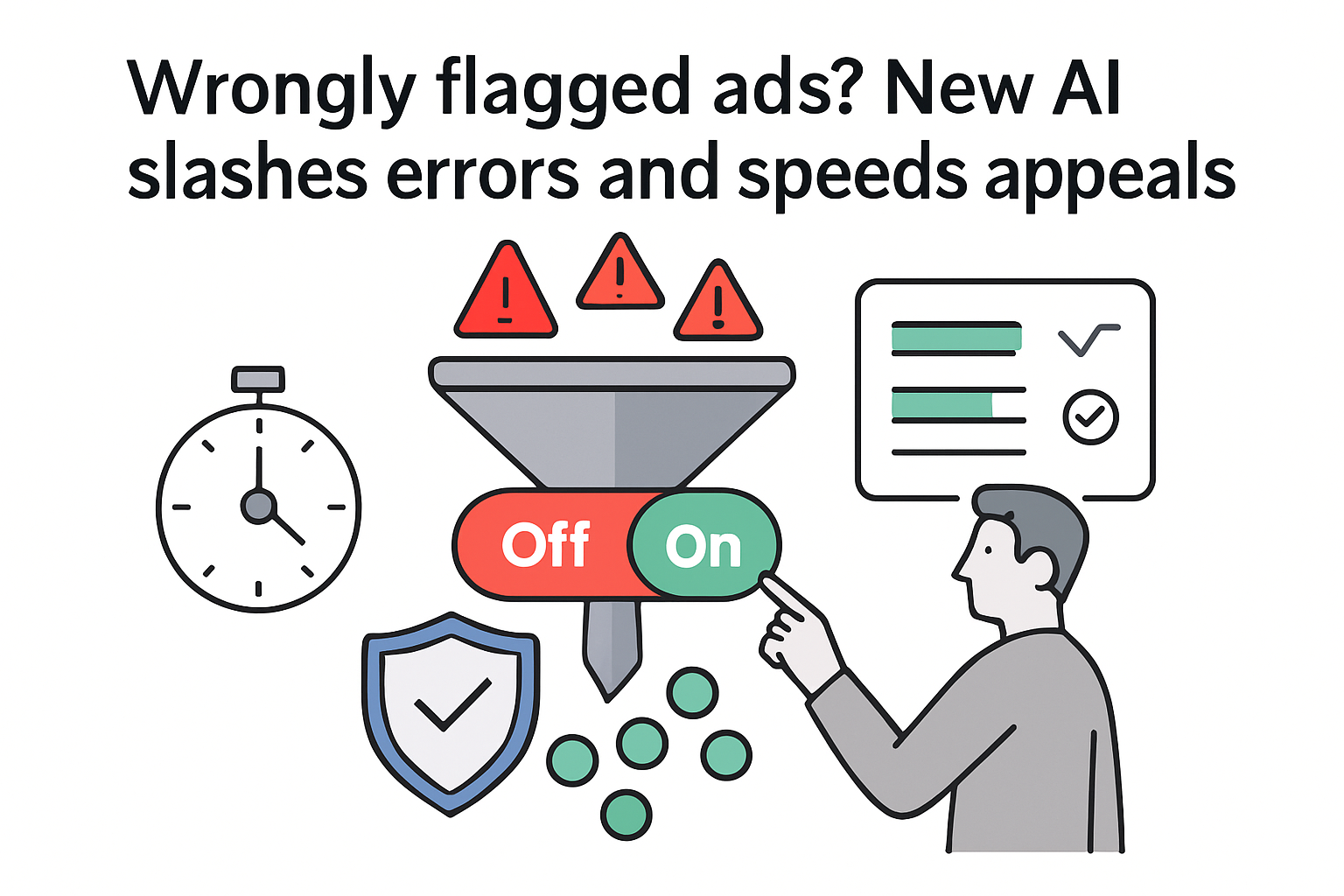Google Research scientists Ahmed A. Metwally and A. Ali Heydari unveiled a machine learning model on 6 August 2025 that predicts insulin resistance from a combination of wearable sensor data and routine blood biomarkers collected across the United States.
Insulin Resistance Prediction With Wearables and Blood Biomarkers
The WEAR-ME study enrolled 1,165 adults through the Google Health Studies app. A separate validation cohort of 72 participants confirmed the findings.
- Integrating wearables, demographics and routine blood panels produced an auROC of 0.80 when classifying insulin resistance.
- Sensitivity reached 76 percent and specificity 84 percent at a HOMA-IR threshold of 2.9.
- Among obese and sedentary participants, sensitivity rose to 93 percent while specificity adjusted to 95 percent.
- The validation cohort maintained 84 percent sensitivity and 81 percent specificity.
- Resting heart rate, BMI and fasting glucose ranked as the most influential model features.
- The pipeline combined XGBoost with deep neural networks to predict continuous HOMA-IR values.
The full technical manuscript is available on arXiv.
Study Design and Performance Metrics
Participants wore Fitbit Charge 6 trackers or Google Pixel Watch devices that captured resting heart rate, daily step count and sleep patterns. Blood draws for fasting glucose, insulin and lipid panels were processed by Quest Diagnostics.
- Median age was 45 years and median BMI 28 kg/m².
- The median HbA1c value was 5.4 percent, within the normal range.
- Wearable and laboratory data were pseudonymized to protect participant privacy.
- Model training used five fold cross validation with area under the receiver operating characteristic as the primary metric.
- The regression model explained roughly 50 percent of variance in HOMA-IR scores, corresponding to an R² of 0.50.
The protocol received Institutional Review Board approval, and all participants provided electronic consent via the study app.
Background on Insulin Resistance Testing
Insulin resistance is an early warning sign for type 2 diabetes, a condition that affects hundreds of millions globally. The gold standard euglycemic insulin clamp is accurate but invasive and costly. The Homeostatic Model Assessment for Insulin Resistance (HOMA-IR) is simpler yet still requires insulin assays that many routine panels omit.
By relying on ubiquitous wearables and basic laboratory tests, the WEAR-ME model aims to make earlier detection of insulin resistance feasible during routine check-ups, potentially enabling earlier lifestyle or pharmacologic interventions.







.svg)